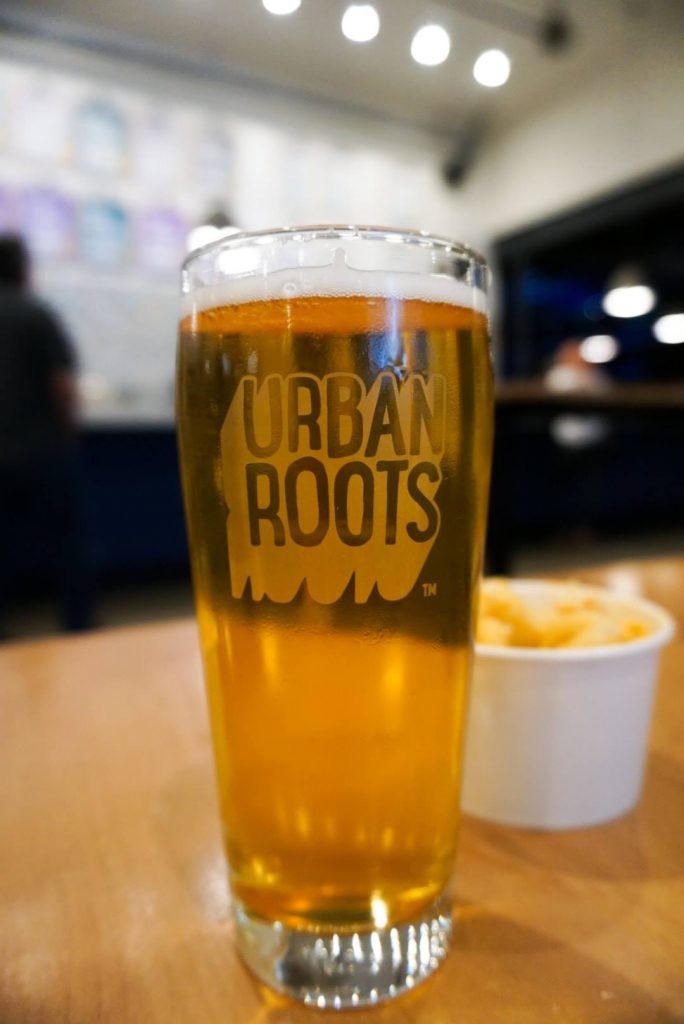I did a poll on my Instagram last month about what followers were most interested in learning about. Influencer Marketing was #1 by a landslide. I wasn’t surprised, either. “What is influencer marketing?” is one of the most common questions I get from new clients.
I love working with influencers for client campaigns so much. Not only do I have the privilege of working with some of the nicest and creative individuals on the internet, but the return of these partnerships for my clients is so worth it.
So, here it is. A whole series of blog posts to give you the ins-and-outs of influencer marketing. Consider adding it to your to-do list of things to benefit your business during COVID and before the holidays. (And stay tuned in the coming weeks for Part II and III!)
Part I: Influencer Marketing for Business
I started using influencer marketing as a tactic in client campaigns about five years ago.
The social media landscape then – and, still, now – was making it difficult for brands’ content to be seen on Facebook and Instagram. The changing algorithms on both platforms decreased reach of my clients’ posts, and the decreasing consumer trust in social media advertising wasn’t delivering the cost effectiveness and results it once was.
Enter: Influencer marketing. It quickly became one of my favorite forms of social media marketing.
In working with influencers to talk about my clients’ events or products on their own social media platforms, I am able to introduce messaging to target audiences in a creative, authentic way. The message comes from a person or public figure they already follow, so audiences are far more receptive to it than they would be to any advertisement or post in their newsfeed.

So, what exactly is influencer marketing?
Influencer marketing is a powerful public relations tool. Brands work with influencers to endorse their event, company or product on their social media platforms or blogs. This partnership can be organic (unpaid), paid, or trade.
Audiences follow influencers’ blogs, YouTube, and Instagram accounts because they are interested in what that person is posting and have similar interests or lifestyles. Working with an influencer to talk about your brand to their audience lends third-party credibility to your brand. This can generate awareness, engagement, and sales.
Even if your partnership entails sponsored or paid content, there is an element of trust there that the influencer won’t promote content that they don’t actually enjoy. I think this is even more true for industries like craft beer and hospitality. An influencer doesn’t want to post about a beer that isn’t good or promote brands they don’t align with. This can ruin their credibility with their followers.
Back up. What’s an “influencer”?
It’s pretty much like it sounds. An influencer is anyone who has a social following based around a certain subject area, or is a thought leader in their industry. Their audiences look to them for education, inspiration, recommendations, and/or entertainment. Their platforms can vary, too. Typically we think of “Instagram influencers,” but it can be anyone who has an engaged following on any platform – a blog, YouTube, Medium, Instagram, TikTok. You name it.
There are different types of influencers. There are nano-influencers, who by definition have 10,000 or less followers. Micro-influencers have 10-100K followers. Mega- and macro- influencers have hundreds of thousands or millions of followers.
I typically work with nano- and micro-influencers for client projects. These influencers tend to have higher engagement rates because their audiences are small and typically niche. This allows them to actually have relationships with their followers. And it means more brand trust and engagement for you!
While the size of their following is a great initial criterion, it’s not just about the numbers. When working with influencers, it’s important to be mindful of more than just audience size the makeup of their demographic – gender, age, geographic location, interests, etc. We’ll get into this in Part II.
Some Examples of Influencer Marketing
Influencer marketing, in the way of social media promotion and blog mentions, has worked particularly well for driving attendance at my beer festival, Art of Beer Invitational, over the past several years. I also used it to awareness about 2019 Sacramento Beer Week and its kickoff event, the Sac Mac & Brew Review. I can attribute at least a quarter of our ticket sales (but it’s most likely more) for each of these events, solely to the influencers we worked with. Believe me when I say it’s worth it.

Earlier this year at the start of COVID, when breweries started to do online sales, I coordinated drop-offs and shipments of my client’s beer to select influencers throughout California. In turn they saw boosted sales, heightened social media engagement, and increased brand awareness in their target markets.
These types of partnerships are typically low-cost and can be mutually beneficial to both parties. The best part? They create relationships between influencers and the brands that can live beyond the initial projects.


